Increasing Pet Ownership
The rise in pet ownership appears to be a primary driver for the Pet Insect-Repellent Market. As more households welcome pets, the demand for products that ensure their health and comfort intensifies. Recent statistics indicate that pet ownership rates have surged, with approximately 70 percent of households owning at least one pet. This trend suggests a growing awareness among pet owners regarding the importance of protecting their animals from insect-borne diseases. Consequently, the Pet Insect-Repellent Market is likely to experience significant growth as consumers seek effective solutions to safeguard their pets from pests such as fleas, ticks, and mosquitoes.
Regulatory Support for Pet Safety
Regulatory support for pet safety is emerging as a crucial driver for the Pet Insect-Repellent Market. Governments and regulatory bodies are increasingly implementing guidelines and standards aimed at ensuring the safety and efficacy of pet care products. This regulatory framework not only fosters consumer confidence but also encourages manufacturers to innovate and improve their offerings. As a result, the Pet Insect-Repellent Market is likely to benefit from a more structured environment that prioritizes pet health and safety. Compliance with these regulations can also enhance brand reputation, further driving sales in this competitive market.
Rising Awareness of Pet Care Products
The growing awareness of pet care products is a significant factor propelling the Pet Insect-Repellent Market. As pet owners become more informed about the various products available, they are more likely to invest in specialized insect-repellent solutions. This trend is supported by the increasing availability of information through various channels, including social media and pet care blogs. Furthermore, the Pet Insect-Repellent Market is witnessing a shift towards premium products that offer enhanced efficacy and safety. This shift indicates that consumers are willing to pay more for high-quality insect-repellent solutions, thereby driving market growth.
Health Concerns Related to Insect Bites
Health concerns associated with insect bites and the diseases they transmit are increasingly influencing the Pet Insect-Repellent Market. Pet owners are becoming more cognizant of the potential health risks posed by pests, which can lead to serious illnesses in pets. For instance, diseases like Lyme disease and heartworm are transmitted by ticks and mosquitoes, respectively. This heightened awareness is driving demand for effective insect-repellent products. Market data suggests that the sales of pet insect-repellent products have seen a notable increase, reflecting a proactive approach by pet owners to protect their furry companions from these health threats.
Technological Advancements in Product Formulation
Technological advancements in product formulation are playing a pivotal role in shaping the Pet Insect-Repellent Market. Innovations in chemistry and biochemistry have led to the development of more effective and safer insect-repellent products. These advancements allow for the creation of formulations that are not only potent against pests but also gentle on pets. As a result, consumers are increasingly drawn to products that leverage these technological innovations. The Pet Insect-Repellent Market is likely to see a surge in demand for such advanced formulations, as pet owners seek reliable and safe solutions for pest control.


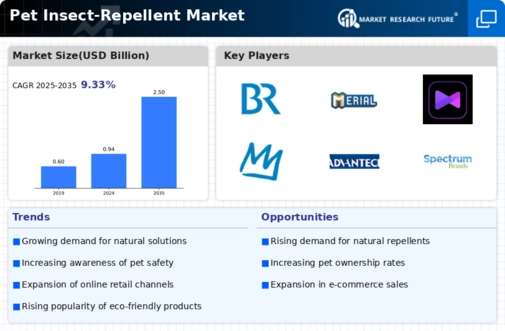
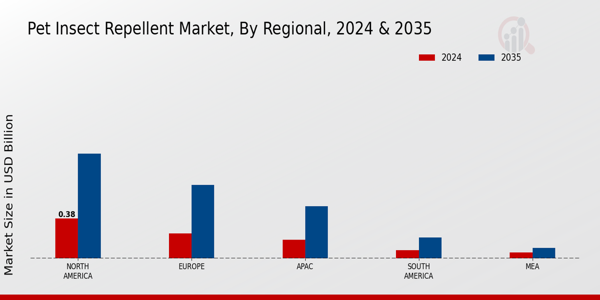
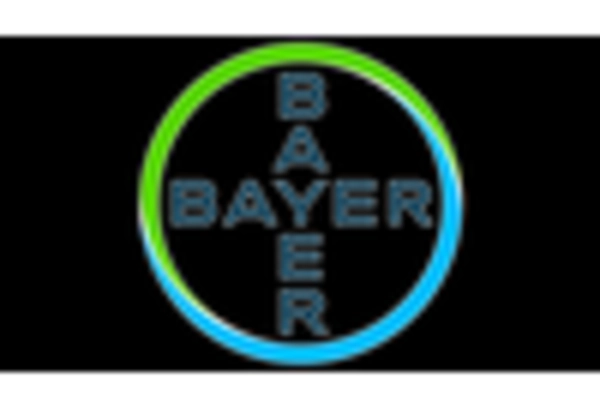
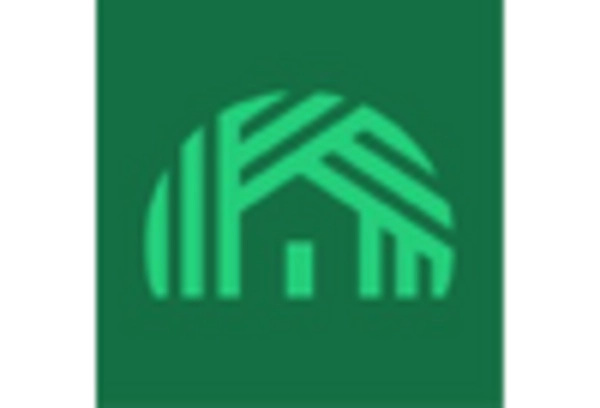
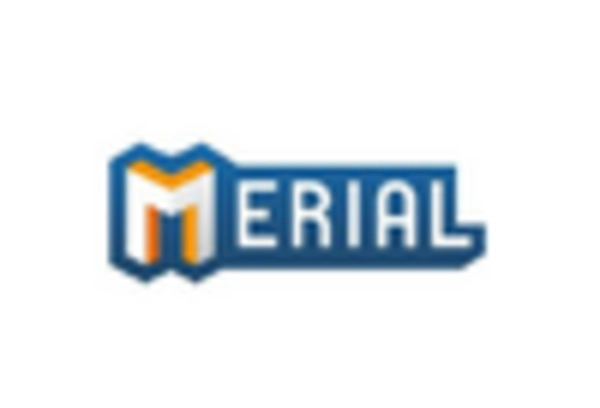
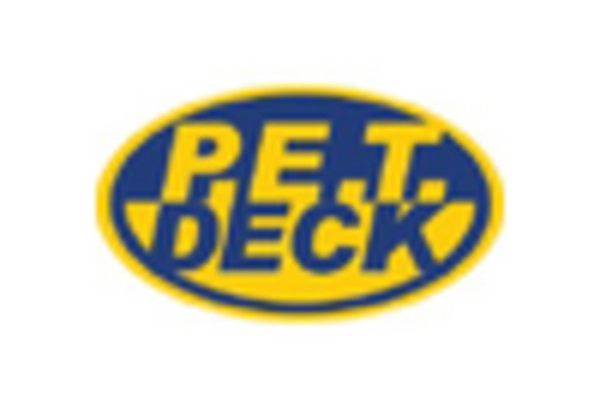
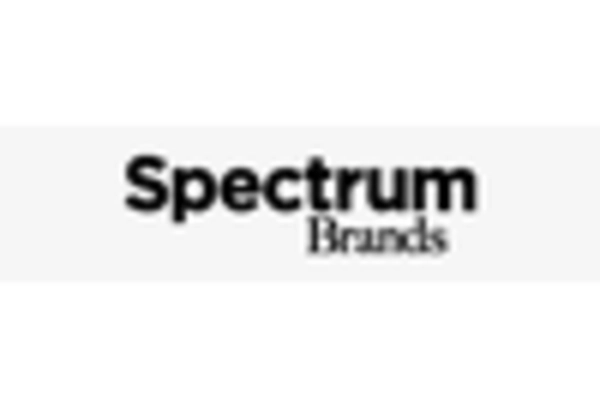
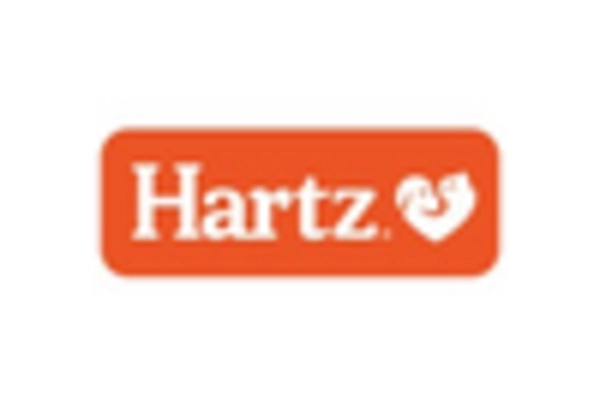








Leave a Comment